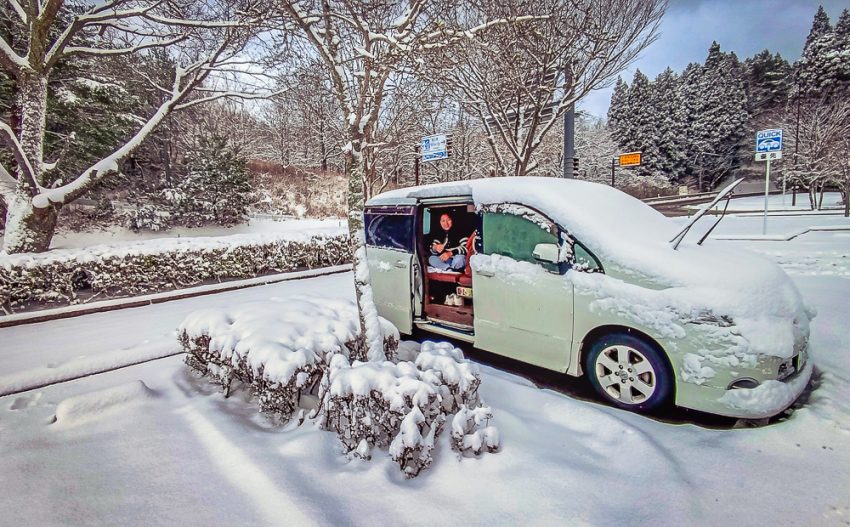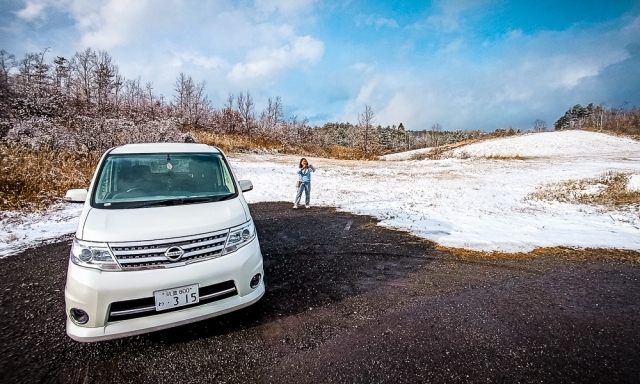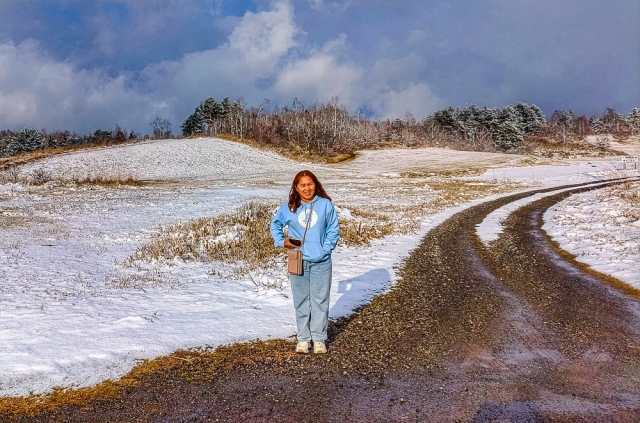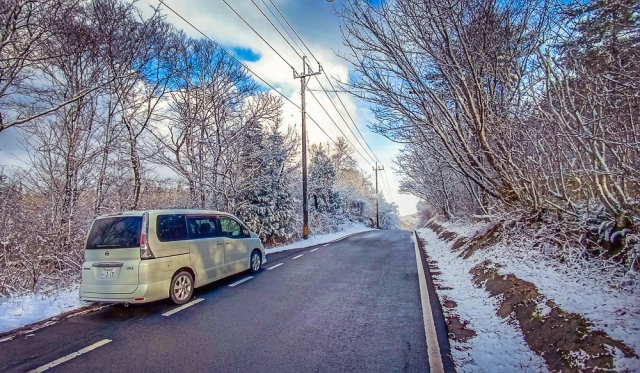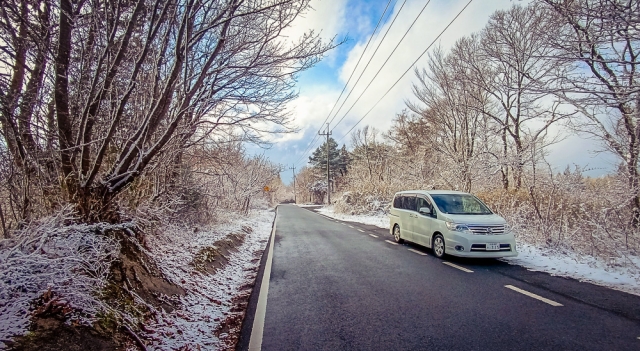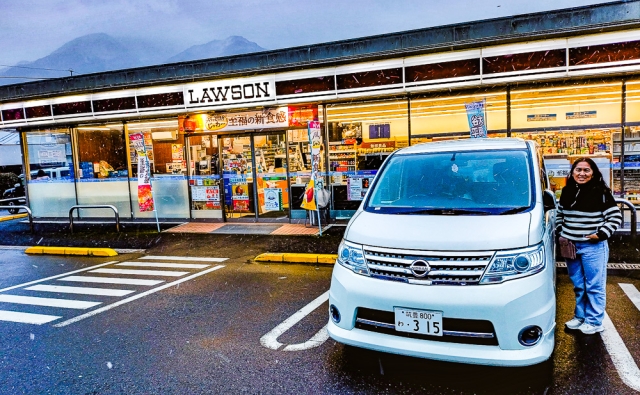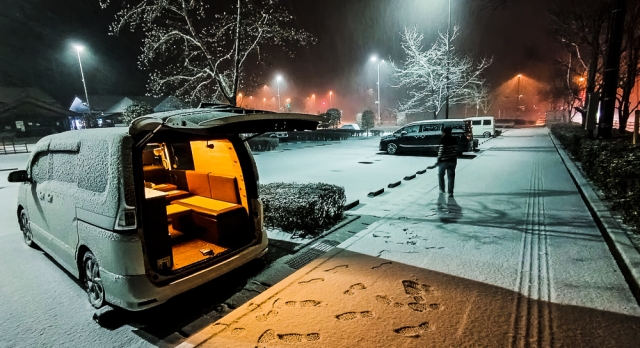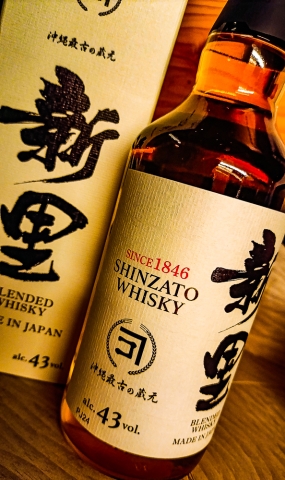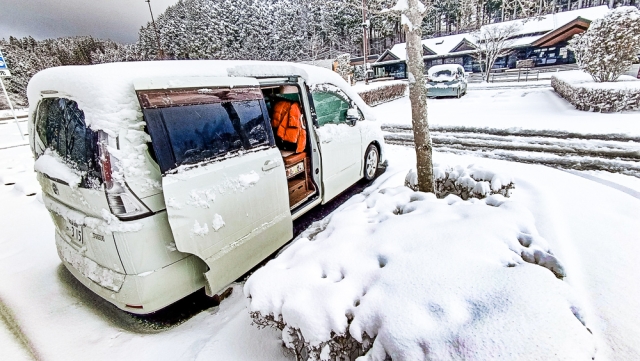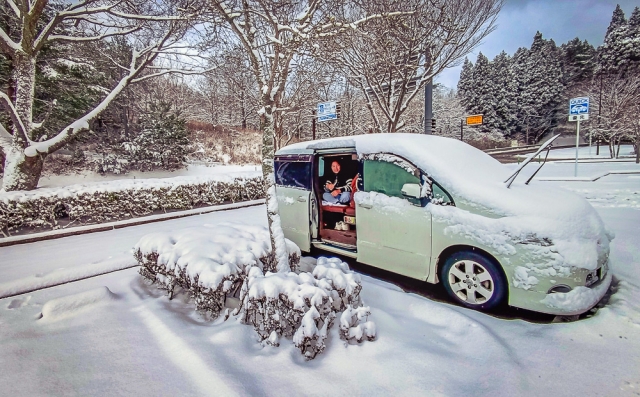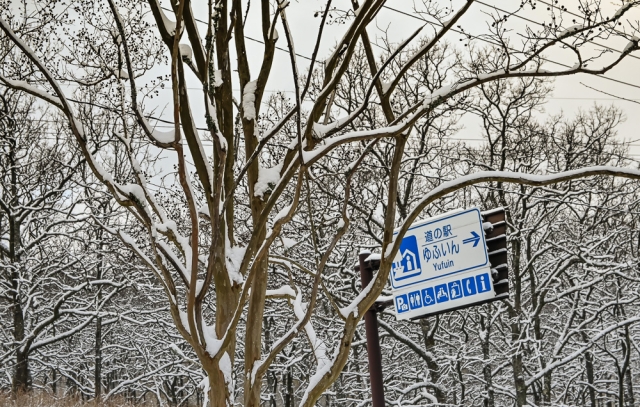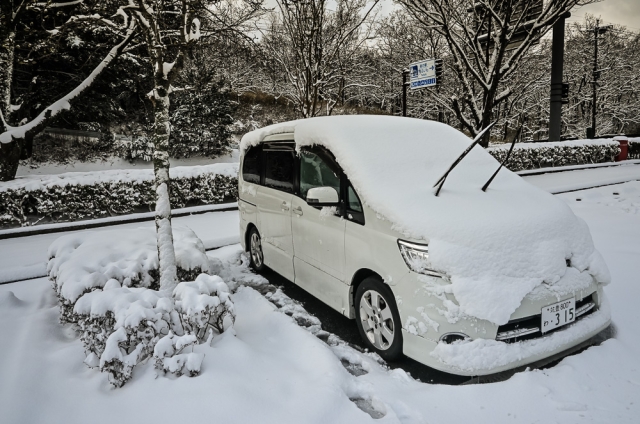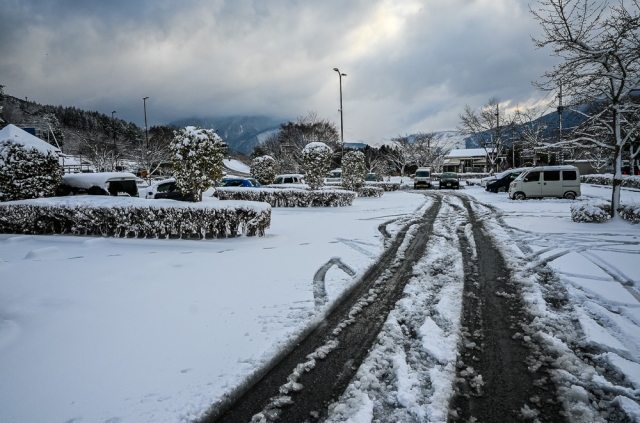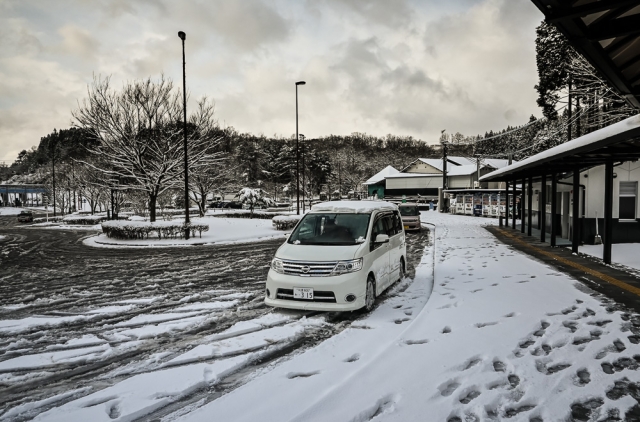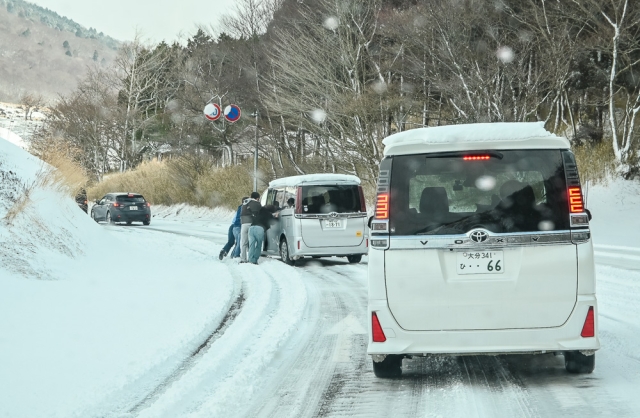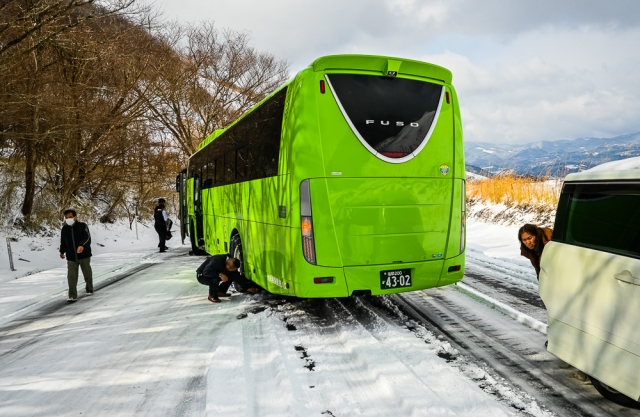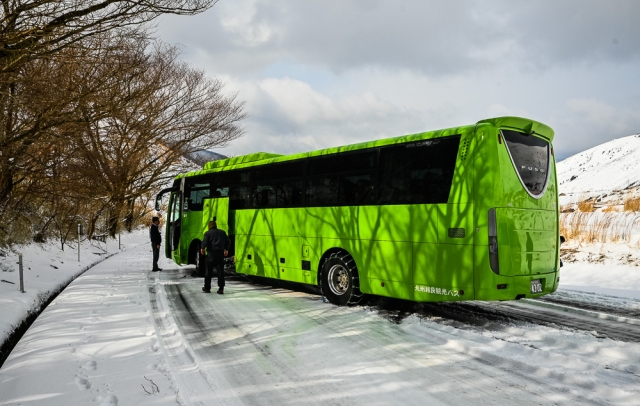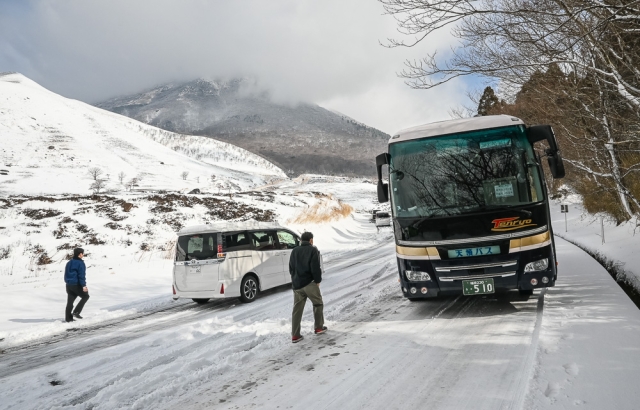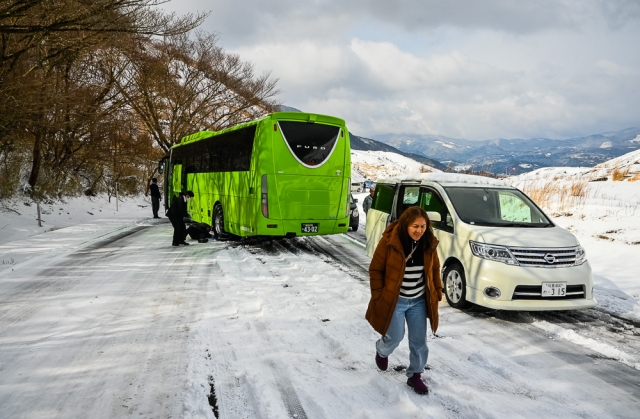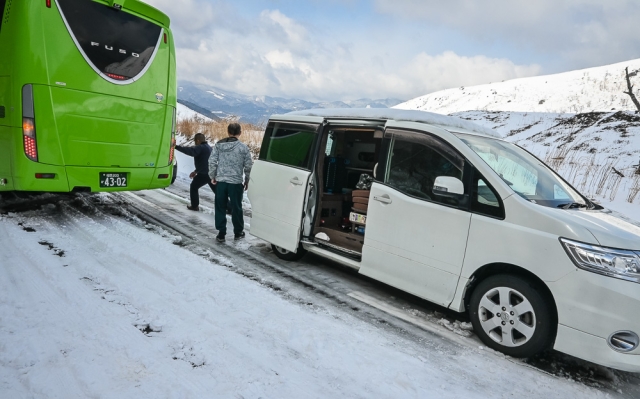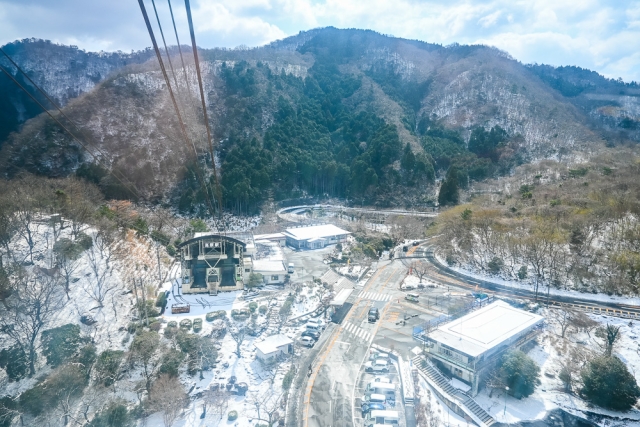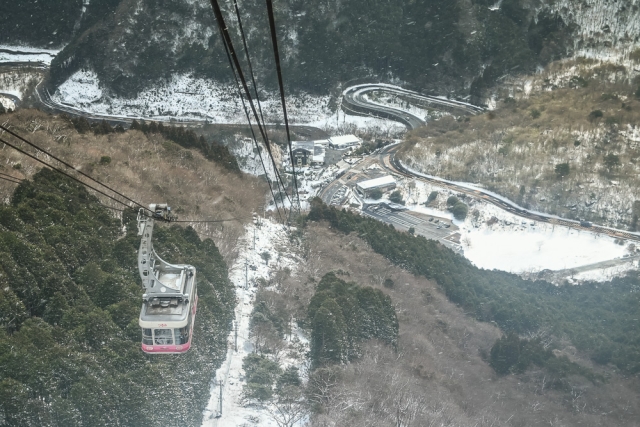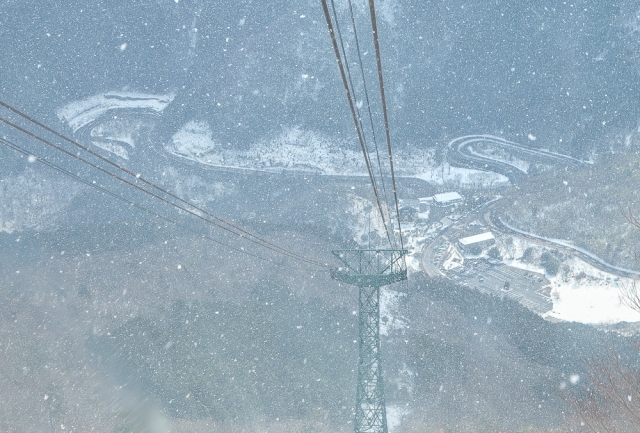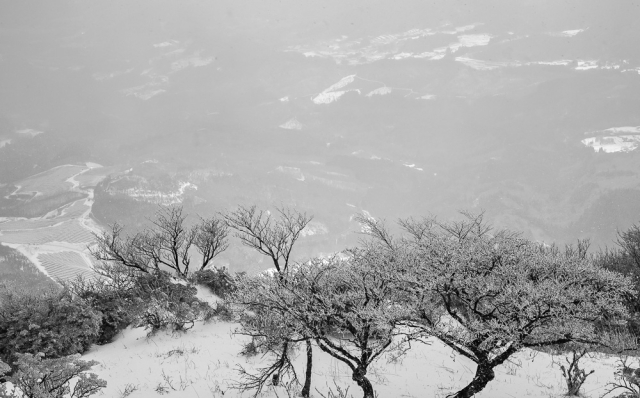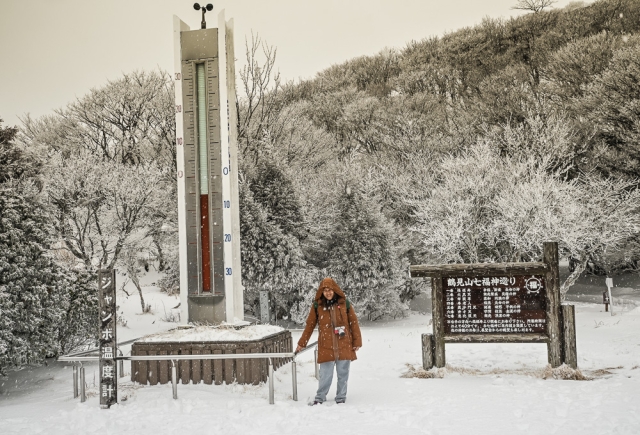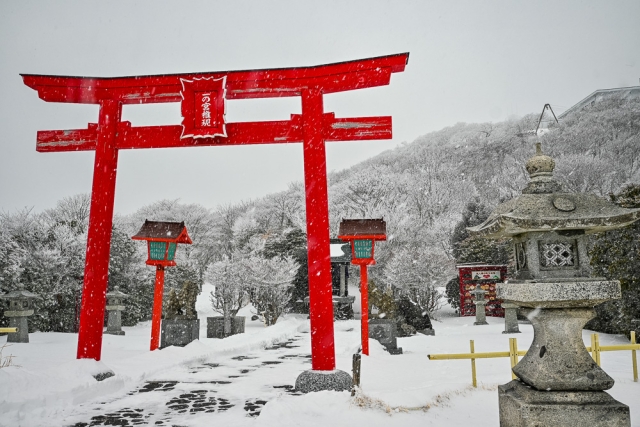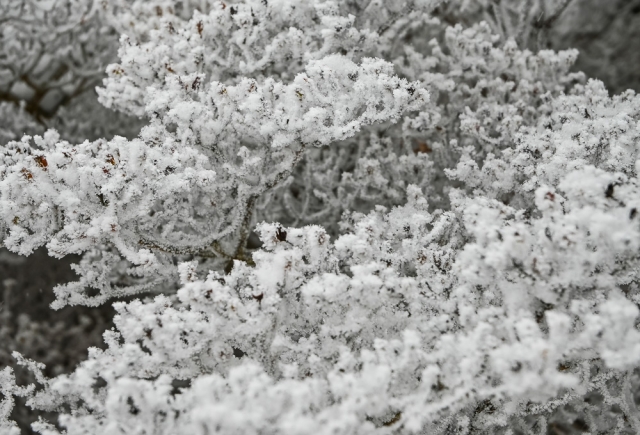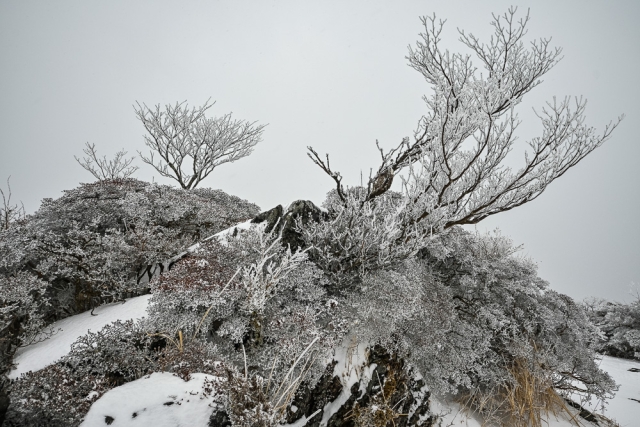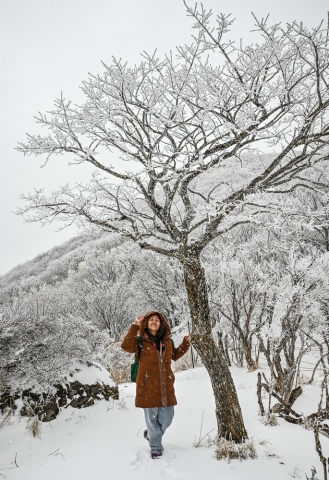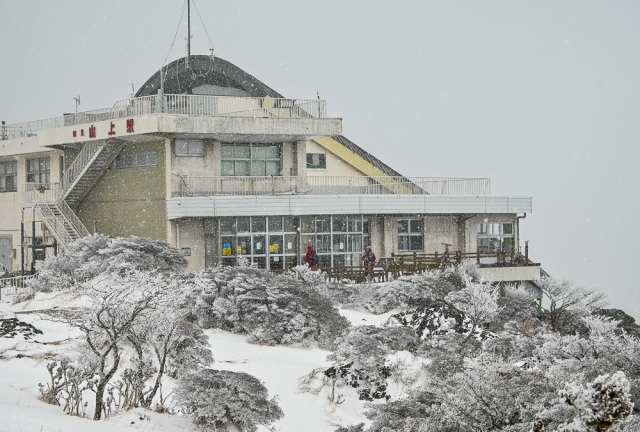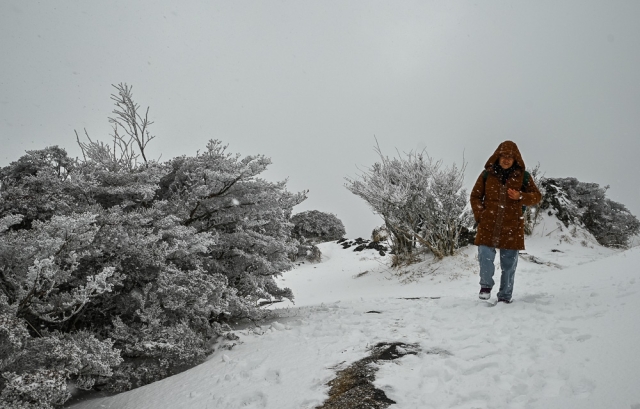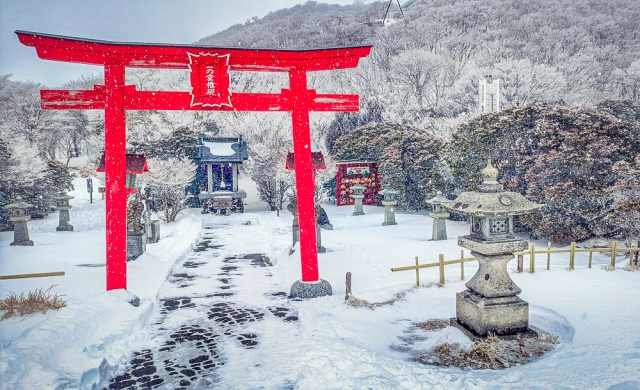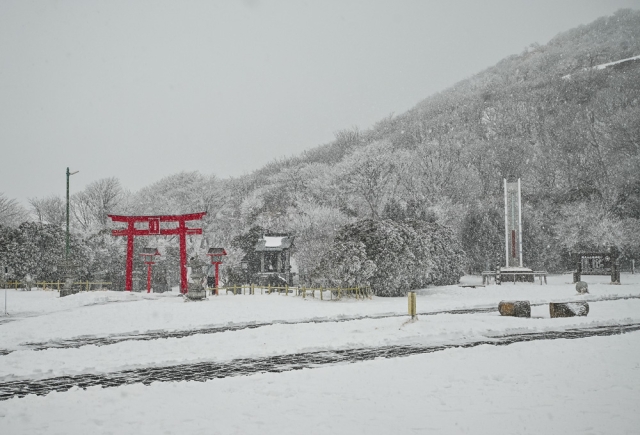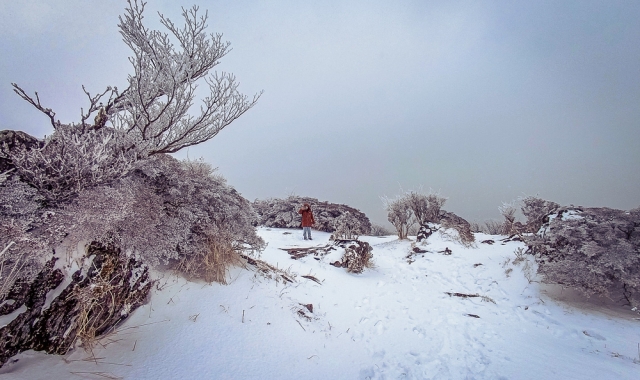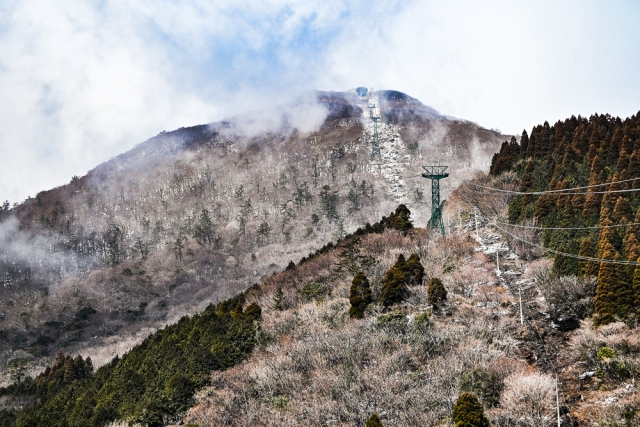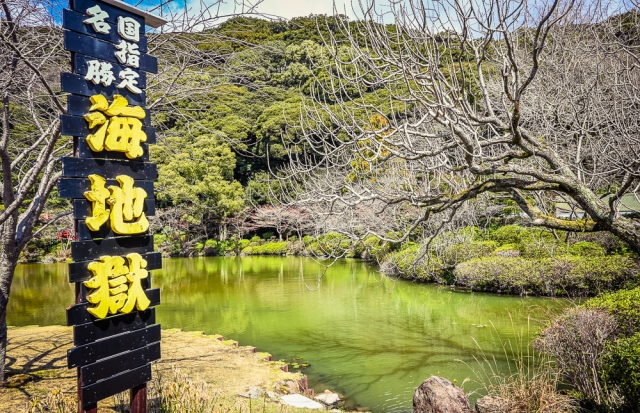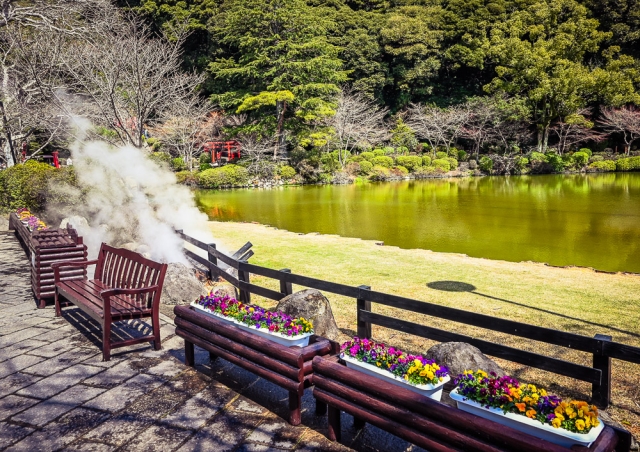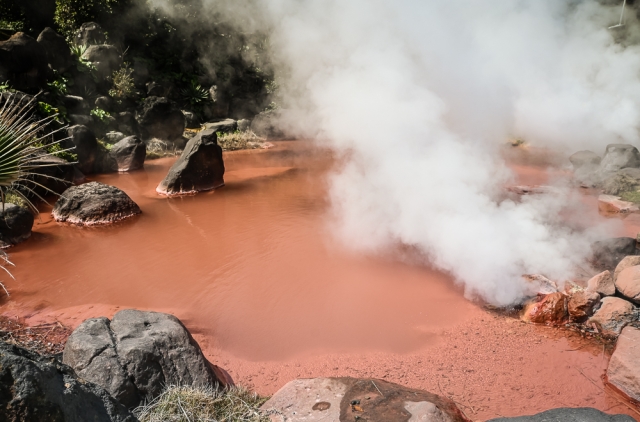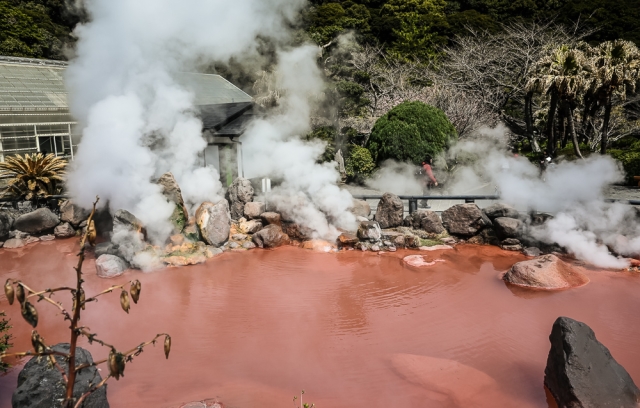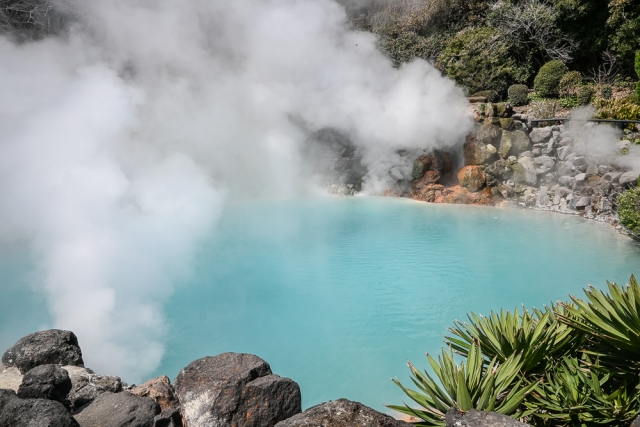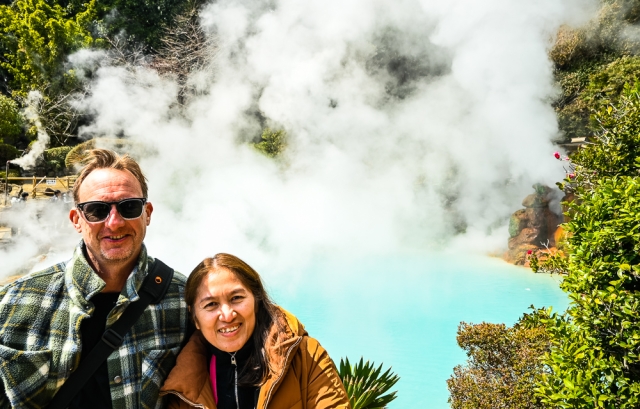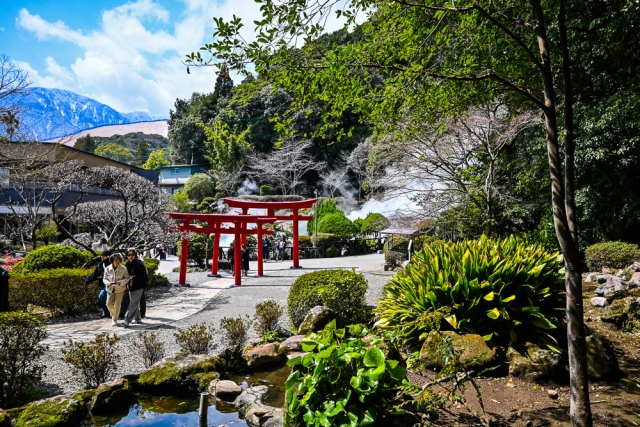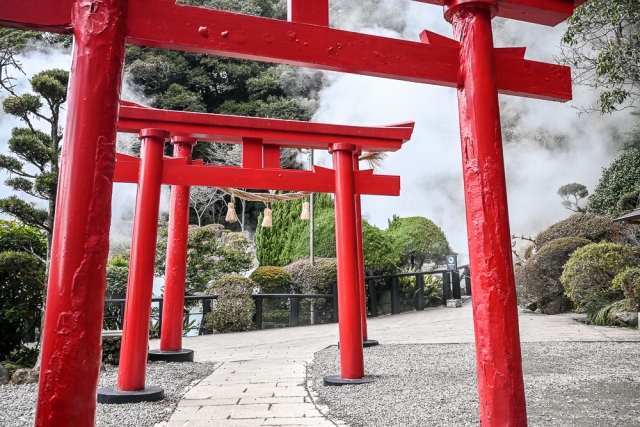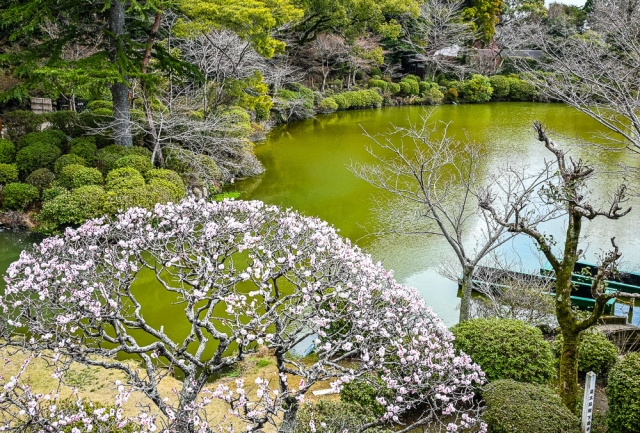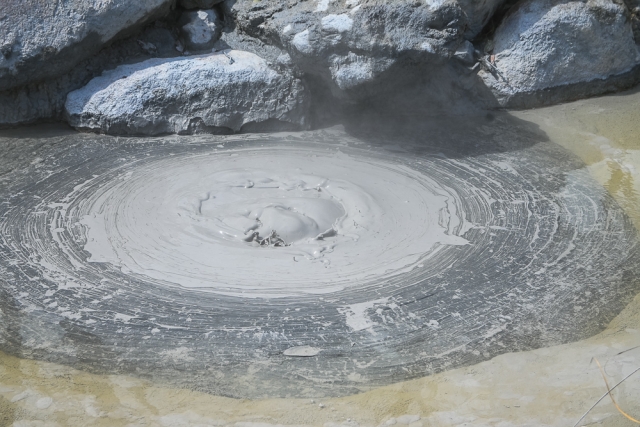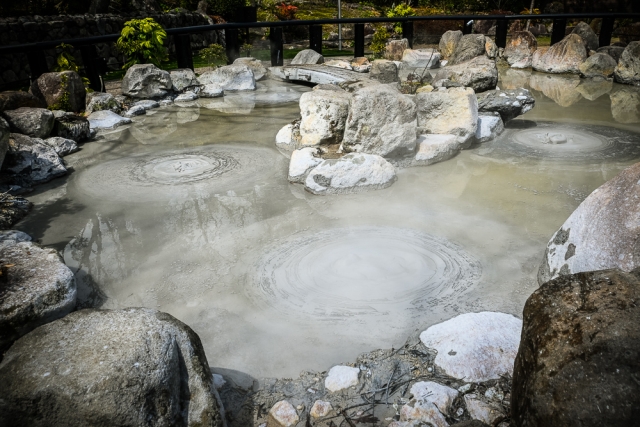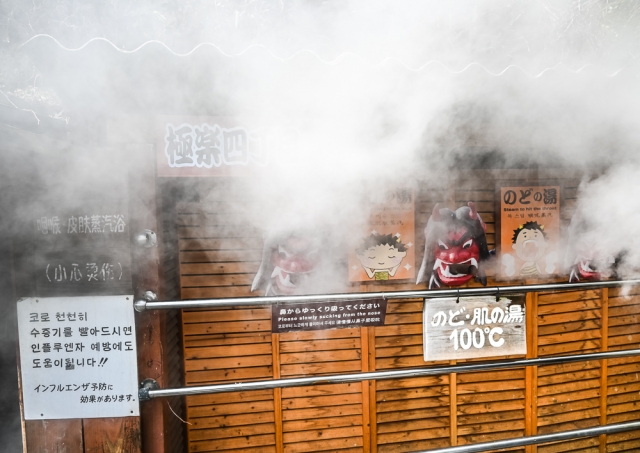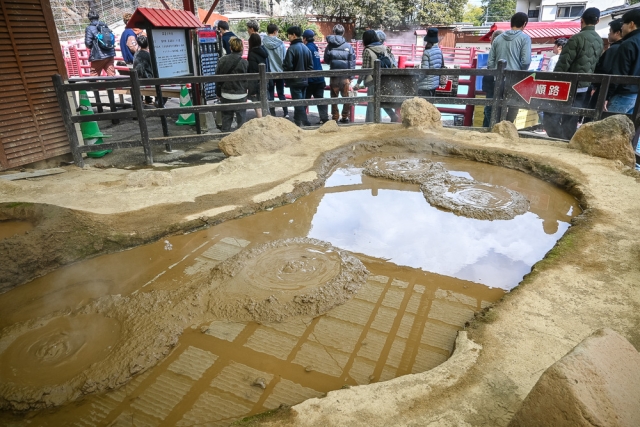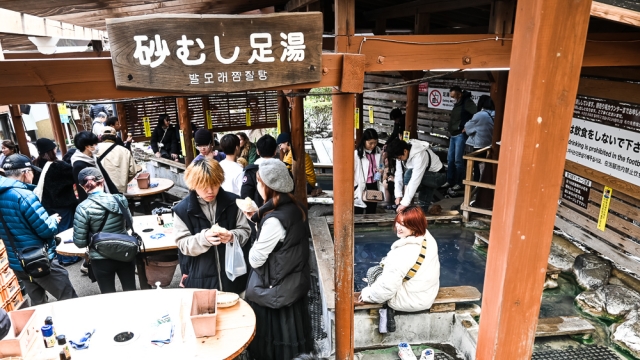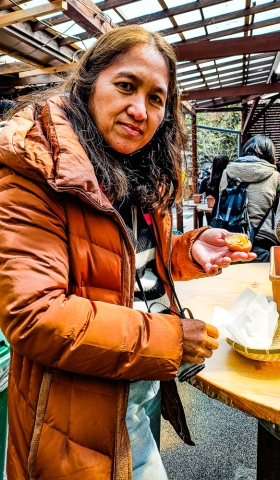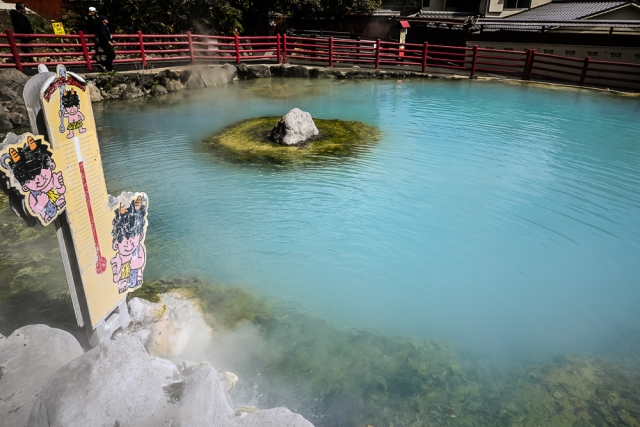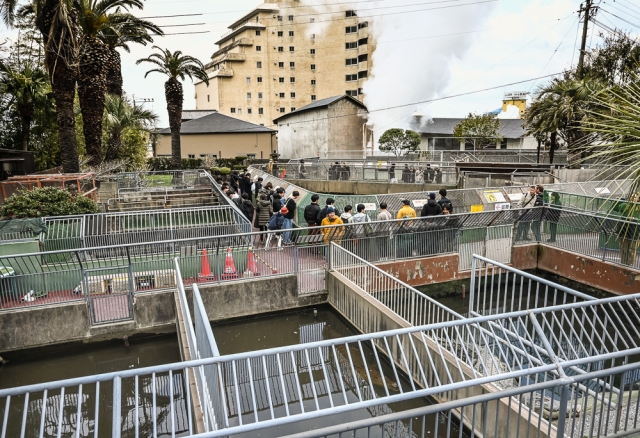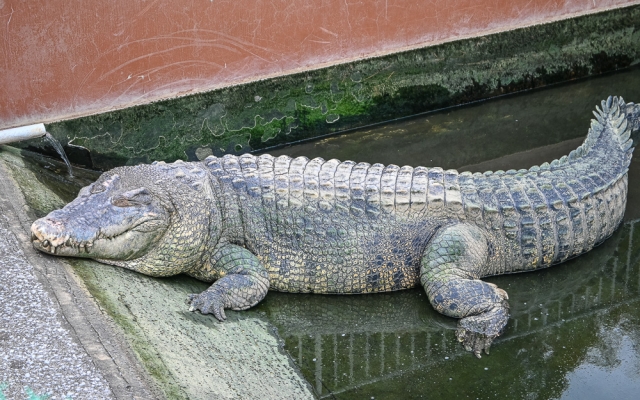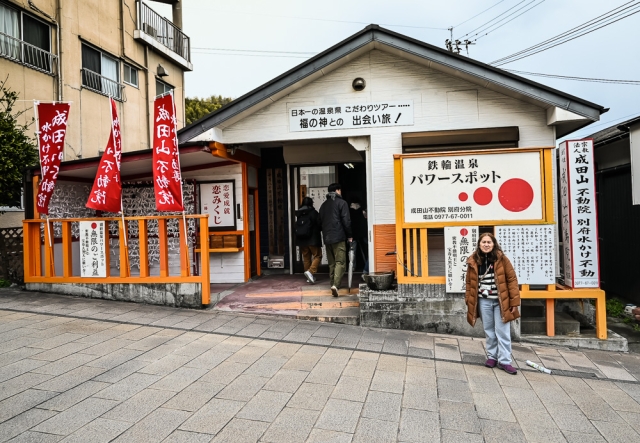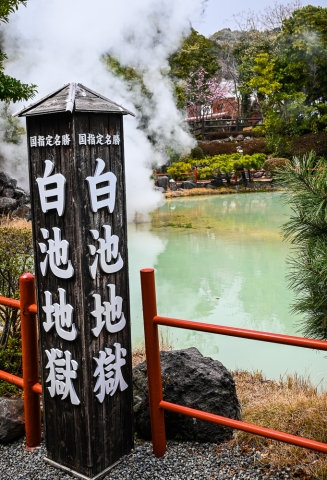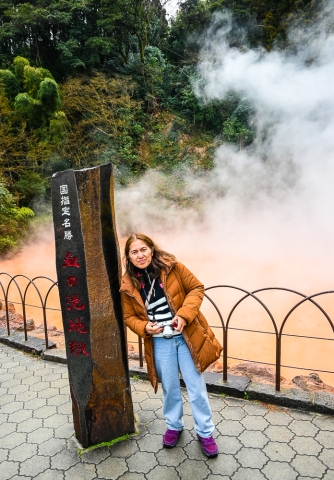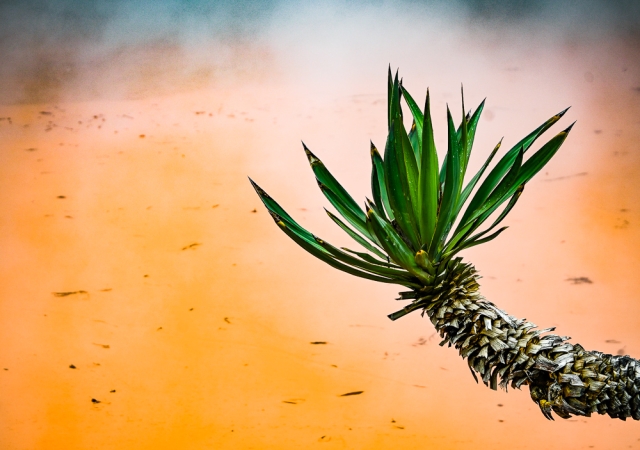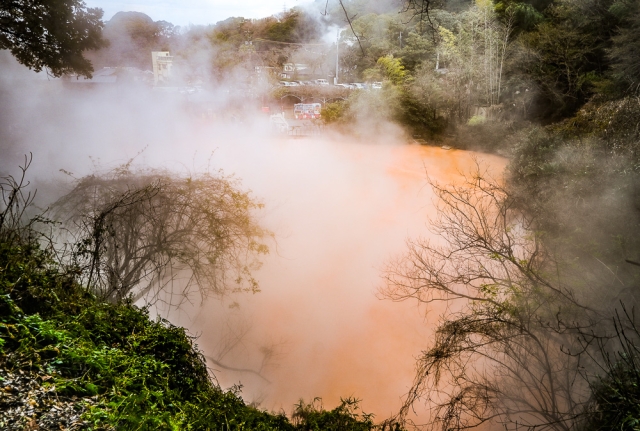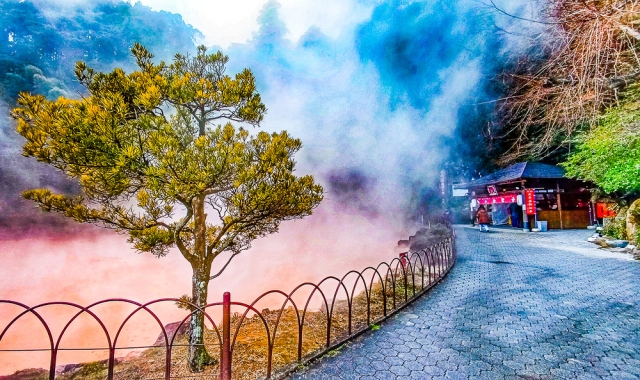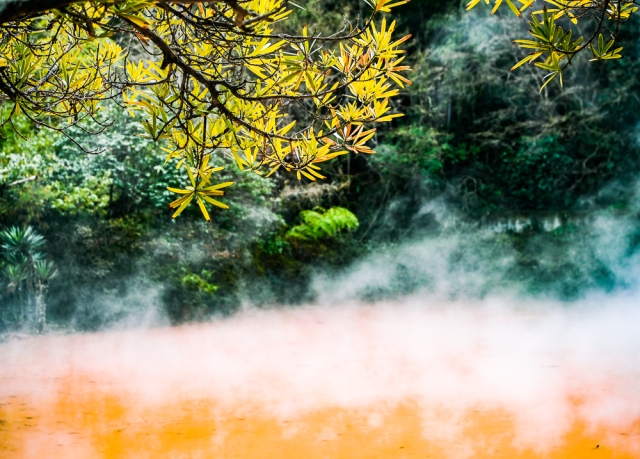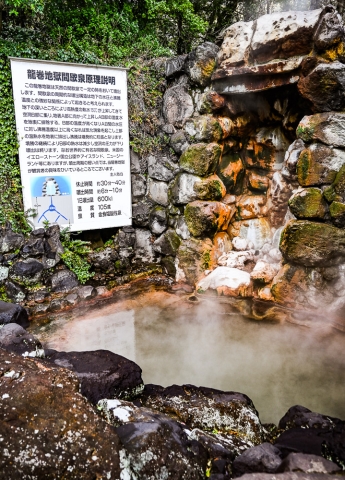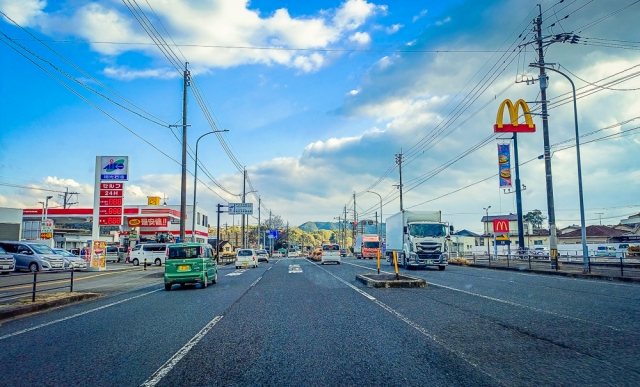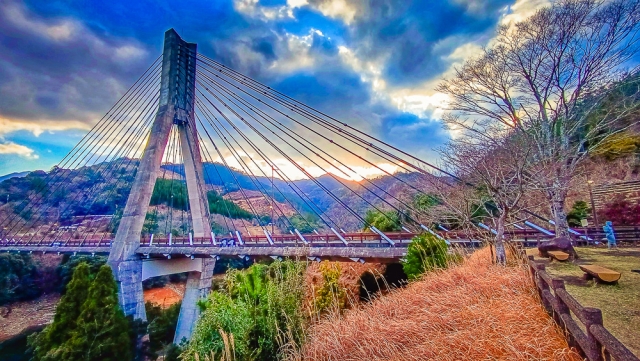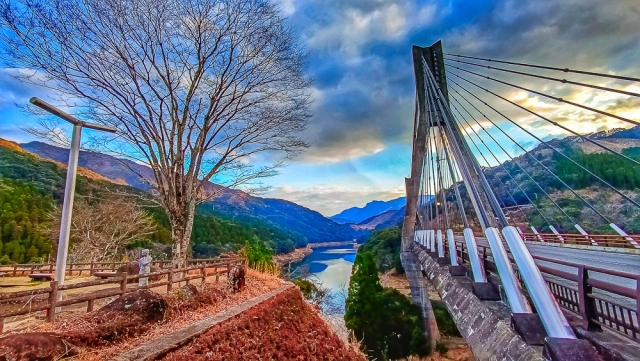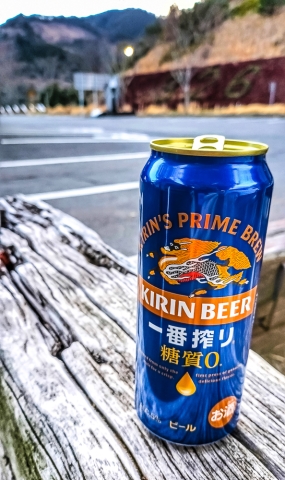It was time for a return trip to Japan to celebrate my fiftieth in March. We’d originally thought of going to Sapporo and Hokkaido, but flights were either fully booked or silly prices for that time of year due to the skiing season, so we opted for Fukuoka and Kyushu instead. Kōdō (行動) is the Japanese word for traveling around.
The 2 am redeye from Bangkok Don Meuang to Fukuoka was uneventful, aside from forgetting my phone at the Air Asia check-in desk and having to get someone to bring it through as I couldn’t return having passed through Thai immigration.
Japanese immigration was its usual hour-long queuing ordeal, despite filling in all the info online weeks before, followed by some automated customs clearance procedures. Then we needed to find an ATM in the airport, which we eventually did, only to find out that the YouTrip Mastercard didn’t work (Da was entering the wrong PIN, as we later discovered). I had to convert some GBP to JPY and use the Wise card, which we had as a backup. With a fistful of cash, the preferred method of payment in Japan, we could get the bus tickets from a machine to Hakata Station, which was a crowded, sprawling labyrinth that we instantly got lost in.
We needed to take a train to the outskirts of Fukuoka to pick up the van, and after some trial and error, we figured out how the machines worked and got a couple of tickets for 480 yen each (local trains are cheap in Japan).
Around 40 minutes later, we were picked up at Chikuzen-Daibu Station by Alan, the Aussie rep for Samurai Campers, who told me, after we got chatting, how easy long-term visas were in Japan if you were married or working. Thoughts of moving away from ever-restricting Thailand were seeping in again … though the marriage bit could be tricky!
The van, a Nissan Serena, was small but practical with seating, bedding, a stove, microwave, fridge, plenty of charging sockets, and even a gas heater. The rental fee was around 15,000 JPY (approx. 3,300 THB) per day for ten days, which is roughly what you’d pay for a night in a tiny hotel room in the city.
We were prepared for the sub-ten-degree temperatures and rain as the weather apps had pre-warned us. After a quick stop for supplies at the local Don Quijote store, we were on the road and heading south for our first night at the Yufuin road station. I’d forgotten how easy and relaxing driving in Japan was with its low speed limits and courteous drivers – the total opposite of dicing with death with the lunatics on Thailand’s roads.
What we were not prepared for was driving into a snowstorm and severe weather warnings for the area, which was around 2.5 hours south of Fukuoka. As the temperature plummeted towards zero, the snowfall intensified as the night closed in, so we made a quick stop at a Lawson for some food and headed to the road station to settle in for a very cold first night with a little Shinzato whiskey to keep me warm.
Day 2: Yufuin to Beppu
The first night’s sleep somewhere new is never good, and in a freezing van on a tiny bed with three layers of clothing, this was to be expected. Around a foot of snow had fallen overnight, and the van was partially buried, as was every other vehicle that spent the night at this chilly road station.
I thanked the Dunny God for the heated Japanese toilet seats at this ‘Michi no eki’ and grabbed a hot coffee from one of the vending machines that are all over the country before clearing the snow off the van and preparing for a short drive into Beppu.
We decided on the back road rather than the toll road, but this would involve going around Mt. Yufu and Mt. Tsurumi and the risk of having to turn back if the road was closed due to the snow. This turned out to be a bad idea when we hit traffic stuck on the ice-covered road near the top of the pass. With zero traction, several cars, vans, and even a couple of buses started to slide around, and things got a little hairy for a while.
I used a frying pan to scrape away the ice in front of the wheels to prevent us from sliding backward into a bus that had already slid partially off the road behind us. After freeing a couple of local motorists using my new ice removal tool, we gingerly inched forward and made it down the other side of the mountain and onto the blacktop again.
On the way to Beppu was a ropeway, or cable car as we call it, so we took that up the mountain for the promise of a good view. What we got was a complete whiteout in the snowstorm that clung to the top of the 1,816-meter peak. With the mercury down at -6° and heavy snow squalls, you couldn’t stay outside for long, so I grabbed a few shots, and we headed back down the mountain.
Beppu is a touristy hot spring (onsen) town, and the ‘Hells of Beppu’ is its main attraction. We got tickets for the ‘Seven Hells’ (different hot spring attractions) for 2,400 yen (540 THB) per person. The place was pretty crowded, but worth the visit to see the different colored sulfurous pools of boiling water and mud and park grounds. This was not the type of hot spring you could bathe in!
After a few hours exploring the ‘hells’ – which included a crocodile enclosure, an aquarium, and a geyser that we miss-timed – it was time to hit the road and drive south through Oita city to the next road station, a rural spot in the mountains called Ume.
We were the only ones staying at this road station, which was at the confluence of two rivers in a steep valley, and it was very peaceful, which improved my second night’s sleep on the road in Kyushu.
Next: Ume to Miyazaki

